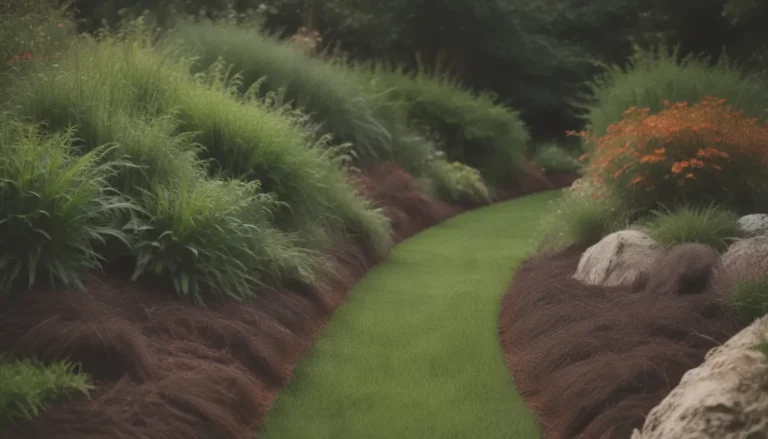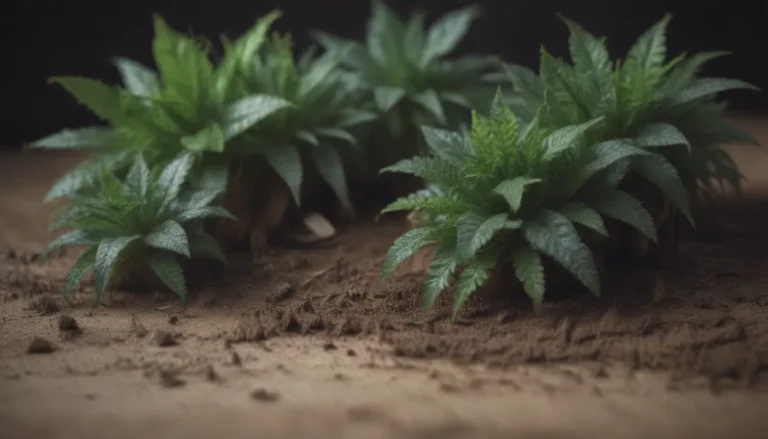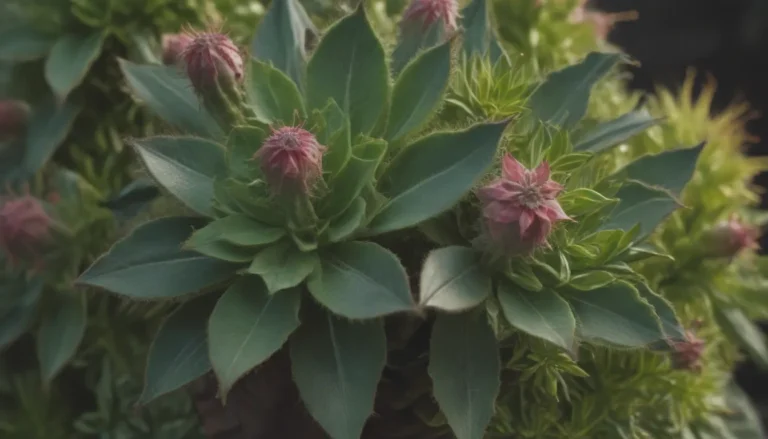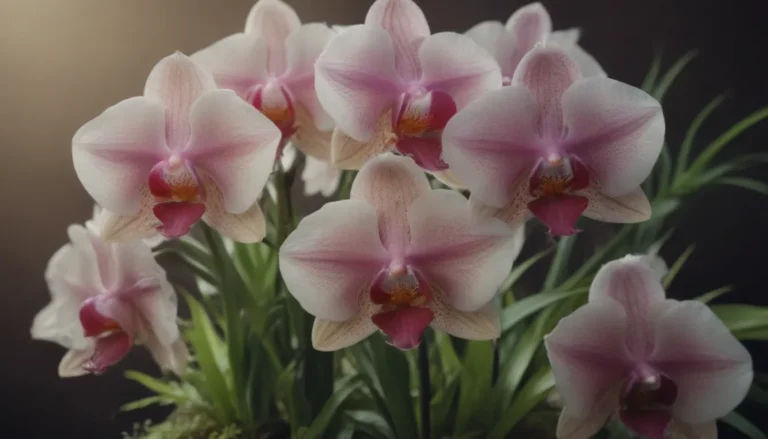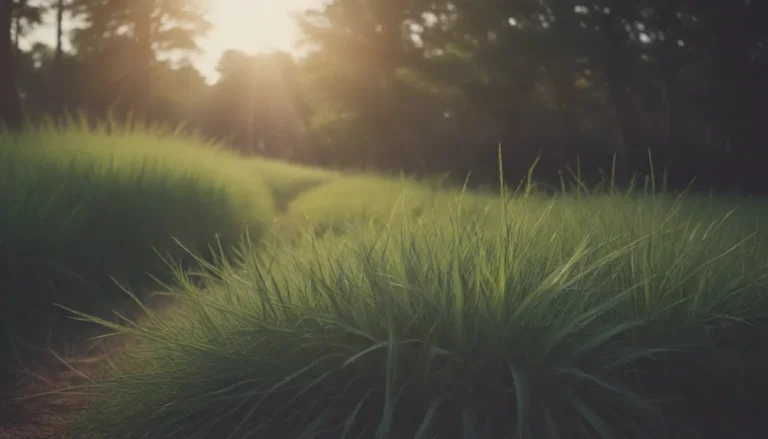The Ultimate Guide to Cutting Back Peonies
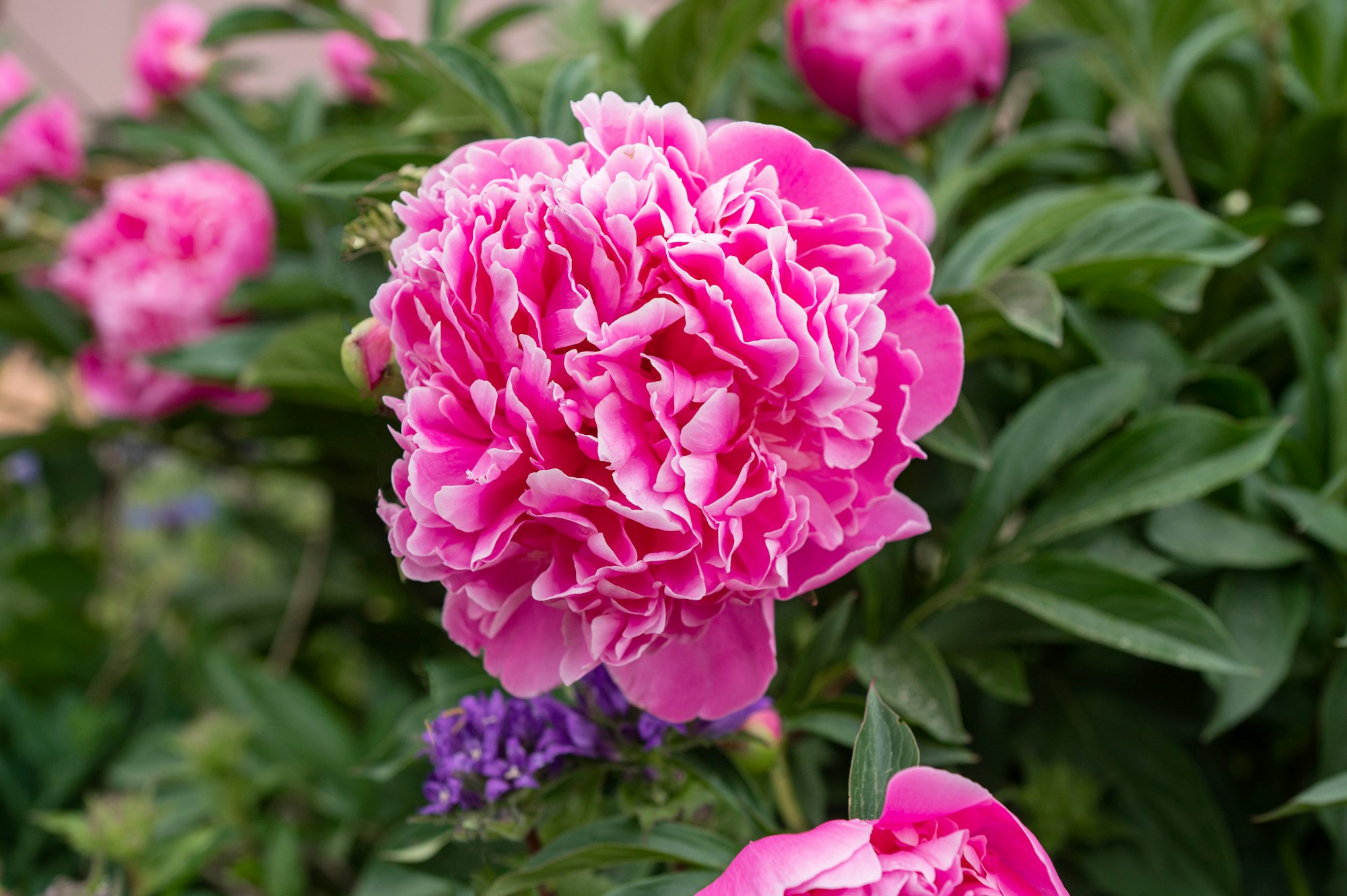
Welcome, garden enthusiasts! If you’re looking for valuable tips on how to care for your beloved peonies, you’ve come to the right place. Today, we’re diving into the importance of cutting back your peonies, when to do it, and how to do it properly to ensure your plants thrive year after year.
Why Cutting Back Peonies Matters
Plant health is the main reason for cutting back peonies.
Peony diseases can be controlled by removing diseased foliage throughout the growing season and cutting back the entire plants after the growing season in the fall. This not only keeps your peonies looking their best but also helps maintain the overall health of the plant.
Deadheading vs. Cutting Back
Deadheading is different from cutting back.
Deadheading involves removing spent flowers after blooming to redirect plant energy back into the roots for a healthier bloom the following year. Cutting back, on the other hand, involves trimming the entire plant to manage disease and promote growth.
When to Remove Flower Buds
Newly planted peonies benefit from removing flower buds in the first spring.
While it may be difficult to resist the urge to let your peonies bloom right away, removing the flower buds in the first year after planting helps the plants establish strong roots for fuller blooms in the future.
The Importance of Removing Foliage
Cutting back peonies in the fall is essential.
To prevent the spread of disease, it’s crucial to cut back peonies in the fall once the foliage has died or fully yellowed after a hard frost. This practice helps maintain the overall health of the plant and promotes stronger blooms in the next growing season.
Disease Control and Pruning
Good sanitation practices help control fungal diseases.
Peony leaf blotch and powdery mildew are common fungal diseases that can affect peonies. By maintaining good sanitation, such as cutting back infected plant parts and disposing of them properly, you can prevent the spread of disease and keep your peonies healthy.
Tips for Pruning
Proper pruning can help promote air circulation and sunlight.
If your peonies have dense foliage, consider thinning it out a bit to allow for better air circulation and sunlight exposure. This simple practice can help prevent disease and promote overall plant health.
Fall Cleanup Tips
Cut back peonies after a hard frost.
Wait until the foliage has died or fully yellowed after a hard frost before cutting back your peonies in the fall. This allows the plant to absorb sunlight and build up energy reserves for a strong bloom the following year.
How to Cut Back Peonies
- Cut off the stems at or near ground level after a hard frost.
- Remove all plant debris and dead foliage to prevent disease spread.
- Dispose of any diseased plant material in the trash, not in the compost.
Tree Peonies: Minimal Pruning Required
Tree peonies require minimal pruning.
Unlike garden peonies, tree peonies are woody perennials that require minimal pruning. Simply deadhead and prune any dead branches to keep your tree peonies healthy and thriving.
In conclusion, cutting back your peonies is not only essential for maintaining their health and appearance but also for ensuring strong blooms year after year. By following these tips and practices, you can enjoy beautiful, healthy peonies in your garden for seasons to come.
Remember, a little care and attention go a long way in the world of gardening. Happy gardening, and may your peonies bloom abundantly!
